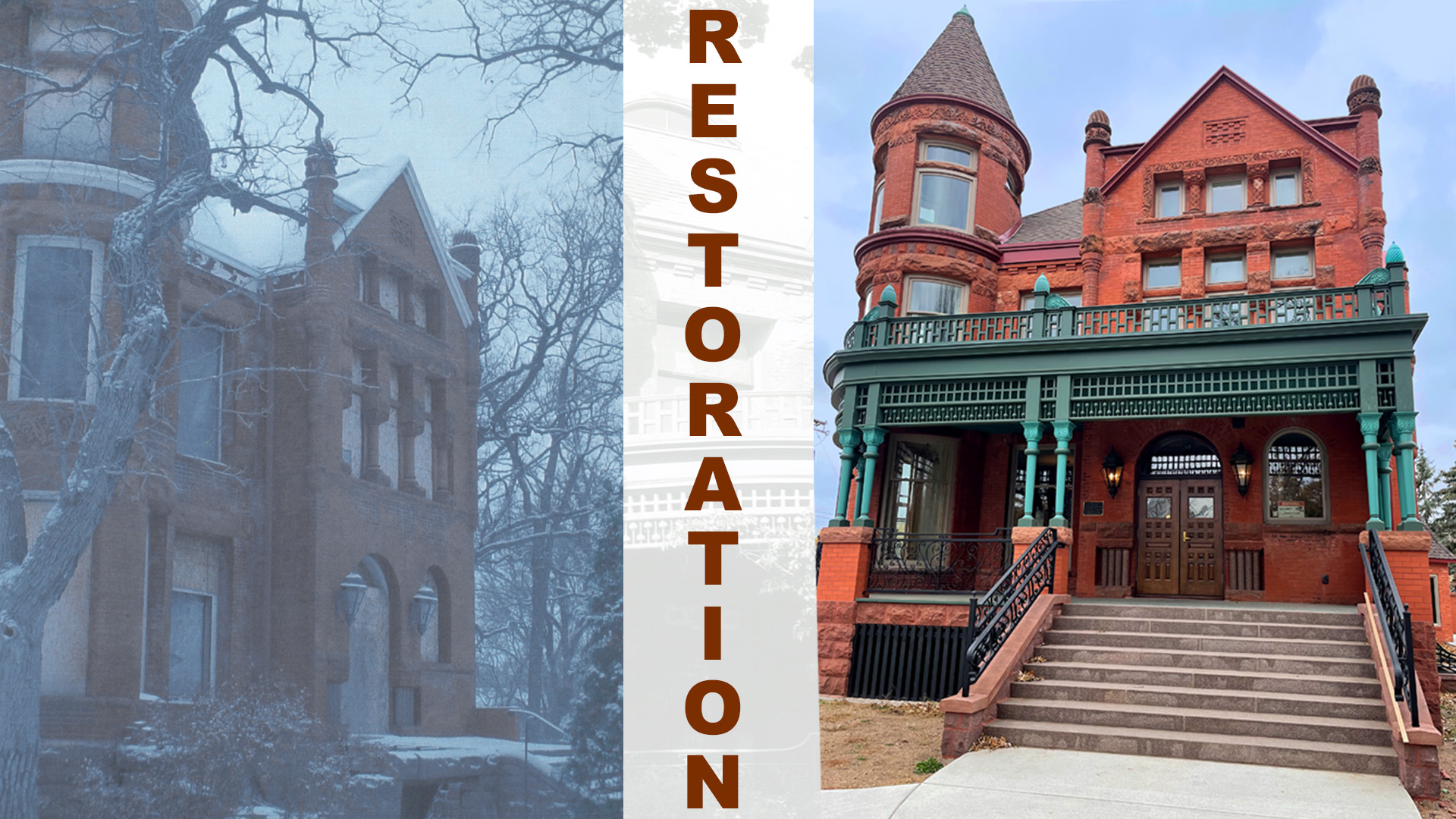
The Benefits of Restoration
The love of older architecture is but a fleeting bit of romance one can see in physical evidence. For most of us, it’s a reminder of how extravagant buildings and homes used to be. As if there was time to chisel, carve and design such intricate detail with ebullience by skilled craftsmen and artisans of long ago, who have now, all but seemingly vanished in the 21st Century.
Architecture has always been a force for the future, looking forward, yet rarely ever looking back. The goal is figuring out how to accommodate society as it changes and morphs with new technology and offerings. Change, is seen as good, progressive. In the present day world, there’s little place for old buildings; they require too much work to update and the thought pattern is such that it’s easier to tear down and start fresh. But what are we losing by doing so?
I will argue that we are losing much more than a singular structure each time a building comes down or gets renovated as opposed to restored. We are losing our visual representation of cultural significance and the historical value these older properties provide. Renovation and restoration are two completely different entities: one alters the structure to fit modern ideals, the other preserves or recreates original detail to make whole again. Here in lies the conundrum: is it better to renovate or restore? There are modes of thought that argue for each side.
Renovation is the easier route as nothing is sacred as far as the alteration of a premises is concerned. The goal is to update to modern societal expectations. At best, the shell of a property stays the same, but interiors can change drastically.
It can enhance the value of a building, especially if the end use is something that will be useful to society in a way that hadn’t been utilized before. Many large commercial warehouses have been successfully renovated for multiple unit dwellings, restaurant and retail applications.

Restoration on the other hand, keeps significant value in the historical aspect of a property by emphasizing the unique architecturally designed details that oftentimes are irreplaceable without enormous or elevated effort to find skilled trades to produce what was lost. The benefits are diverse. At a basic level, restoration serves to maintain a civic beauty and pride with which a community can participate within. It can also contribute greatly towards sustainability practices as current materials are preserved as opposed to being torn out for lesser or inferior substitutes.
The prolific sprawl of cookie cutter architecture in the 21st Century has definitely had its impact, that of being banal; everything looking the same. Ripping out the character of a neighborhood for instance, in the wake of shiny new progress, can destroy the very thing that made the area desirable to begin with. Preservation nor restoration doesn’t mean that progress can’t continue to meet the needs of present day society, what the challenge really is, is how to do it thoughtfully.


This is where those with expertise in the historical architecture and/or design realm can shine. By first understanding how the past worked, can we find innovative solutions to move forward. That means a full understanding of historical architecture, design, eras, materials used and social consciousness at the time in order to form new ideas to incorporate into the present. I liken it to going to the right surgeon to get a facelift: those with the most skill, understand how to preserve what makes one beautiful and simply enhances that. A full reconstruction of the face isn’t always necessary. We can restore places without having to lose character, and by doing so we reap the benefit of having a living legacy that builds better communities through pride as well as revitalization efforts resulting in economic growth through unique and thoughtful restorations.
I think it’s safe to say that those who work in the area of restoration are truly passionate individuals who are keen on safeguarding the past while aiming toward the future with dedication and more often than not, producing remarkable results. There is plenty of evidence that restoration efforts bring back communities in a tighter format via pride of place and figural social ownership. I’m certainly on the bandwagon. There is this quote I’ve had as part of my mantra for some time, I’d like to share it here:
“Acknowledging our future means seeing the past in a whole new light.”
Let’s get to restoring places,…our future depends on it.